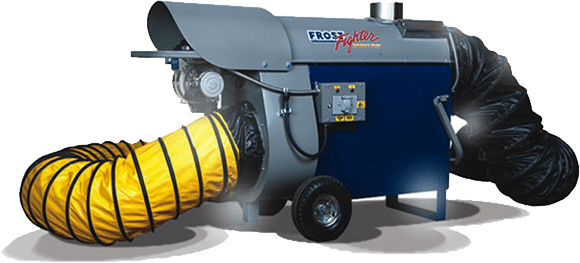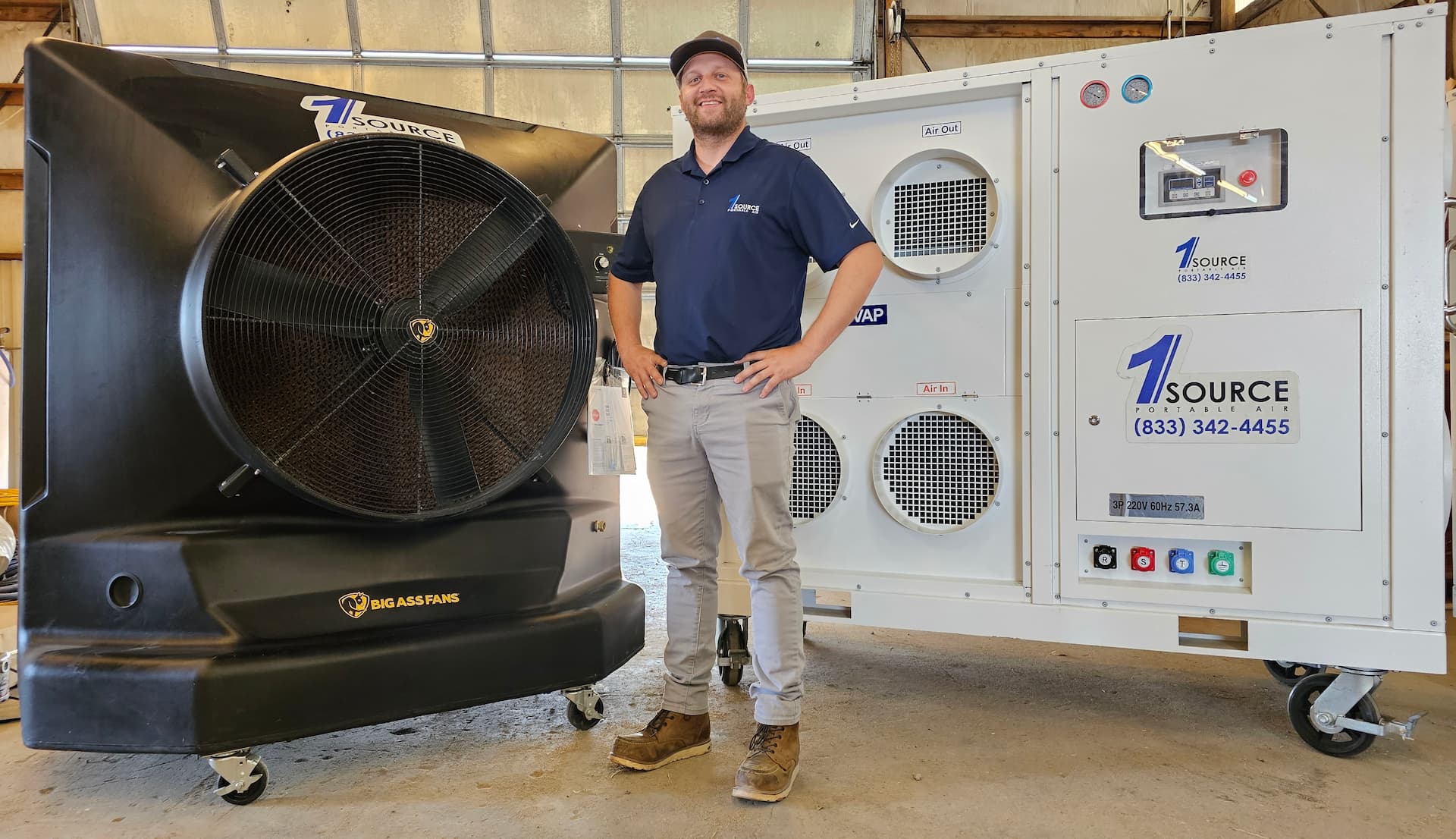Find Mobile Heating Units for Construction to maintain worksite productivity.
Find Mobile Heating Units for Construction to maintain worksite productivity.
Blog Article
Checking Out the Different Sorts Of Home Heating Units Available for Every Area
The variety of heating systems available today provides to a large range of areas and requirements, each offering special benefits. In addition, glowing heating options and versatile warm pumps existing additional options for maximizing power use and environment control.
Central Heating Solution
Several house owners take into consideration central heating unit to be a reputable solution for keeping constant warmth throughout their living rooms. Central heating runs by dispersing warm air or water from a main source, making certain that all areas of a home obtain adequate warm. This system commonly involves a furnace or boiler, which produces warm, and a network of air ducts or pipelines that move it to different spaces.
One of the main benefits of central home heating is its capacity to keep consistent temperature levels, boosting convenience degrees throughout chillier months. Contemporary systems commonly integrate wise technology, allowing for programmable thermostats that maximize power effectiveness. This not only decreases utility prices yet additionally adds to a more sustainable living setting.
Central furnace can be fueled by various power resources, including natural gas, oil, or power, supplying versatility in terms of installment and procedure (Mobile Heating Units for Construction). Routine maintenance is necessary to make sure optimal efficiency and durability, including routine evaluations and filter substitutes. On the whole, main home heating continues to be a preferred option for homeowners looking for a dependable technique to achieve a cozy and welcoming home environment
Room Heaters
Room heaters are often made use of as an effective option for providing localized heat in specific areas of a home or workplace. They are optimal for scenarios where central heating might not be essential or feasible, such as tiny areas, workshops, or throughout particularly chilly days when added heating is desired.
Different kinds of room heating systems are readily available, consisting of convection, infrared, and oil-filled models. Convection heaters work by warming the air in a room, while infrared heaters release induction heat directly to objects and people, producing a much more instant effect. Oil-filled heating systems, on the other hand, provide a constant, lasting warmth by circulating oil within the unit.
When choosing an area heating unit, it is important to consider variables such as the size of the location to be heated, the heater's power performance, and safety and security features (Emergency Heating Solutions). Several modern-day room heaters come geared up with automated shut-off functions, tip-over protection, and thermostatic controls to boost security and performance

Glowing Home Heating Choices
Radiant heat choices offer a highly effective way to maintain warmth in domestic and commercial rooms by straight moving warmth to items and individuals within the setting. This technique can significantly enhance comfort degrees while minimizing energy usage contrasted to standard heater.
Both primary kinds of radiant heat consist of radiant flooring heating and glowing wall panels. Glowing flooring home heating typically entails the setup of electric home heating cords or hydronic tubes beneath the flooring, permitting also warmth distribution and getting rid of cold areas. This system is specifically reliable in floor tile or rock floors, as these products preserve warmth well, producing a comfortable atmosphere.
Glowing wall panels, on the other hand, offer flexibility in setup and can be utilized in different setups, consisting of homes, workplaces, and industrial spaces. These panels can be either electrical or water-based, giving a very discreet heating solution that matches existing design without the bulk of standard radiators.
Warm Pumps
Warmth pumps are an ingenious option for both home heating and cooling down needs in different atmospheres, using energy-efficient options to traditional heating and cooling systems. These systems operate by moving warmth as opposed to producing it, making them incredibly effective. In home heating mode, a warmth pump essences thermal power from the outdoors air, ground, or water and transfers it indoors. On the other hand, in cooling mode, it gets rid of warmth from the indoor air and discharges it outside.

Among the main benefits of heatpump is their capacity to give both heating and air conditioning in a single device, minimizing the need for different systems. Furthermore, several heatpump use sophisticated innovations such as variable-speed compressors, enhancing their effectiveness and efficiency. Consequently, warmth pumps not just contribute to reduced power expenses but likewise sustain eco friendly practices by minimizing greenhouse gas emissions connected with traditional heating approaches.

Electric vs. Gas Systems
When selecting between electric and gas home heating devices, home owners need to think about a number of aspects, consisting of efficiency, cost, and ecological influence. More Bonuses Electric heating units normally have a higher performance rating, transforming almost all the energy they eat into warmth. Nonetheless, electricity prices can vary dramatically, commonly leading to higher operational expenses compared to gas units, which generally have lower fuel prices yet may display efficiency losses during combustion.
Gas home heating systems often tend to supply faster heating and can be more effective in bigger rooms. They likewise produce greenhouse gas discharges, raising environmental problems. In contrast, electrical systems can be use this link powered by sustainable power resources, making them a more environment-friendly choice when combined with eco-friendly power efforts.
Additionally, installment costs vary; electric devices are normally much easier and more affordable to mount, while gas units might call for additional air flow and safety and security procedures. Homeowners need to additionally think about local guidelines and accessibility of gas lines when making their choice. Eventually, the choice in between electric and gas home heating devices need to line up with specific priorities relating to effectiveness, cost, and environmental awareness, ensuring a comfortable and sustainable living setting.
Verdict
In summary, a diverse range of home heating systems exists to fit differing demands and settings. Central furnace make certain uniform warmth across bigger areas, while area heating systems give targeted comfort. Radiant heat choices improve energy performance by warming up objects straight, and heatpump offer versatile home heating and cooling solutions. The choice between electrical and gas units presents additional adaptability in terms of efficiency and installation. Picking the appropriate home heating solution is essential for enhancing comfort and power usage.
Report this page